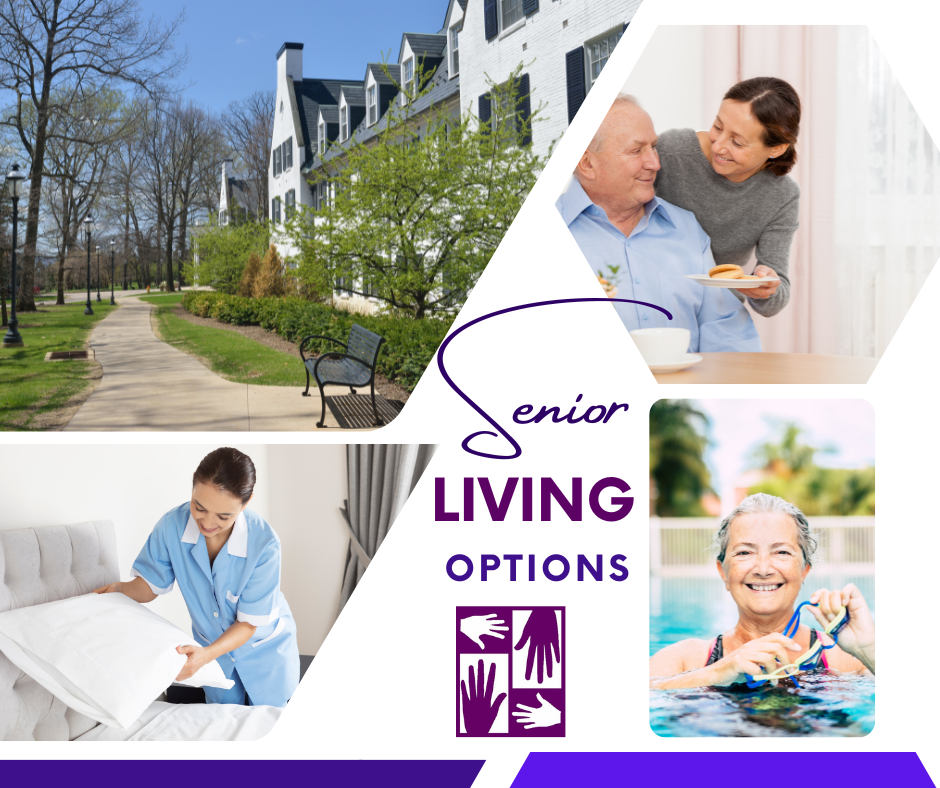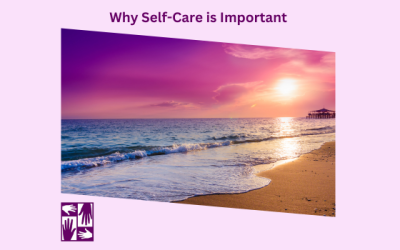Senior Living Options

– Recent statistics tell the story of aging and caregivers around us, as of July 2019 data showed that 54.1 million US residents were 65 years or older. The number of Americans in that age cohort will more than double over the next 40 years, reaching 80 million in 2040. About 17% of middle-aged adults are giving care to an elderly relative full or part-time. With these figures come the concerns of living longer and the tremendous need to find options for care and different living situations. We have gathered some information you may find useful in the paragraphs below. Among the issues or concerns about living longer are:
- Burdening others with care such as family and friends
- Experiencing changes due to illness
- Moving out of a family home
- Elder neglect or abuse
- Financial challenges
- Loneliness
There are options out in the market place that can address most of the challenges faced by seniors and their families. Let’s dive into what you can expect from the various options:
Home Care: Hiring temporary non-skilled or skilled help to come into someone’s home is the first line of defense. Usually agencies charge an hourly rate and there are minimum time frames for shift coverage. There are many options ranging from small companies to large organizations who service wide geographical areas. Most vet their caregiving team thoroughly and ensure care plans are followed by the use of technology. Find the reputable organizations by reading reviews online and using word-of-mouth for recommendations. This is truly the only way to receive one-on-one care.
Board & Care Homes: These are small homes that provide room and board with basic services, usually including 3 or 4 bedrooms with non-skilled caregivers who provide close to one-on-one care and typically owned and operated by a Nurse or Physician. The rate is all inclusive and comprehensive for services, there may be a wait-list situation in some cases. This type of setting is ideal for an elder who is not as socially engaged, maybe a higher acuity senior who does not need a medical model.
Assisted Living: Larger communities that offer residential environments and individual apartments ranging in sizes starting from a Studio to a 2 bedroom unit. Rates vary ranging from $3400/mo. To $10,000/mo. They do include basic services such as meals, housekeeping, laundry, activities, concierge desk, rides to appointments and shopping as part of the monthly fee. Additional individualized care is also available starting from $485/mo. To $1900/mo. Memory care is also offered in these environments and rates range from $4900/mo. To $9500/mo. for this higher level of care. There is typically an entrance fee and you enter into a month-to-month residency agreement.
CCRC/Life Plan: Continued Care Retirement Communities are campus-like environments that usually have a significantly large entrance fee, then a monthly payment as well and a refundable contract. Also known as a Life Plan community, these type of retirement communities offer a continuum of care from independent living, assisted living, memory care to skilled nursing care. Campus, amenities and apartment style and size vary greatly. In most cases, if resident’s funds run out, they do not have to move.
Planned Adult Community: These real estate endeavors are usually built in the outskirts of metro areas and offer a cluster of individual homes at a reduced market rate, often featuring shared spaces such as a golf course, club house, swimming pool, gym, and convenience store. No care is provided, catering to the more independent senior who is looking for a low maintenance option with home owner’s dues.
Skilled Nursing Facilities: Also known as a SNIF, can be long or short term options providing skilled nursing care according to a physician’s diagnosis, these are medical models. If used during rehab, insurance will cover a percentage of the stay, when insurance runs out the average cost is approximately $9200/mo. Currently in California, it is against the law to ask a resident to leave these environments if their funding has run out.
There are many benefits to congregate living and surveys have shown that new residents entering senior living strongly agree on improvement to satisfaction with life, a more positive mental affect, finding purpose in life, improved nutrition and the aggregate of positive relationships after acclimating to their new environments.
To schedule a free 45 minute consultation with one of our Geriatric Care Managers, please call 888.451.4290
Related Articles
International Self-Care Day 7/24
The date, 7/24 symbolizes the idea that self-care should be practiced 24 hours a day, 7 days a week. It’s a gentle nudge to make self-care a daily priority, not just a once-a-year activity. Read more on ways to create a self-care plan.
Summertime is here, let us help you plan the perfect picnic…
Summertime is a great time to enjoy the outdoors and plan a picnic, the perfect opportunity to bring joy especially for seniors in your life. With a bit of thoughtful preparation, you can create an experience that is both comfortable and memorable. To help you get started, here are some tips and ideas to plan a senior-friendly picnic that prioritizes accessibility, safety, and relaxation.
Boost Cognitive Function Through Brain Exercises
Just like the rest of your body, your brain changes and adapts over time. Through a concept known as neuroplasticity, your brain can form new connections, strengthen existing ones, and even recover lost abilities. Regular mental exercises can have a significant impact on your brain health. Read on to know more…





